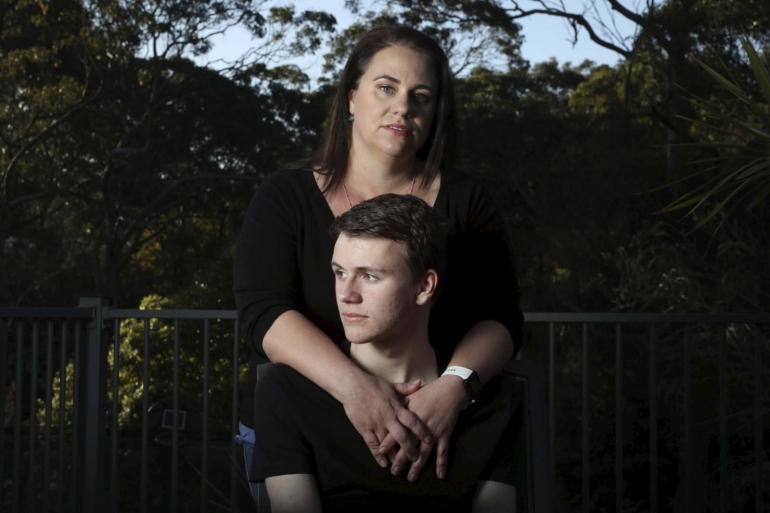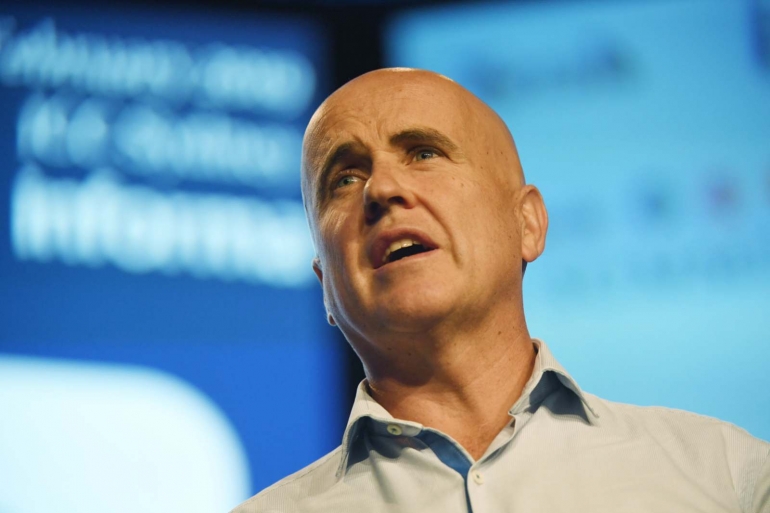CAITLIN FITZSIMMONS for the Sydney Morning Herald
The NSW government is reviewing the way it allocates $488 million in disability funding for public schools, amid concerns the system encourages "diagnosis shopping" by parents to obtain better funding for students.
The model for targeted funding has not been reviewed since 2003 and The Sun-Herald reported last week that families of children with ADHD are facing pressure from schools to obtain another diagnosis, such as autism in order to attract targeted funding to help their students at school.
Linda Graham, an expert in inclusive education at the Queensland University of Technology, said NSW should scrap the "outdated" model of allocating targeted funding by diagnostic label. "We have known for 20 years that this approach creates perverse incentives", she said.
The federal Department of Education has already moved to a model based on "functional assessment" similar to the National Disability Insurance Scheme - that is, a system based on how well an individual functions rather than their disability label.
However, most states and territories are yet to come on board. The NSW Department of Education confirmed it was redistributing its $258.1 million share of annual federal funding for students with disabilities according to its own formula, rather than back to the schools that generated the funding.
Adrian Piccoli, the director of the Gonski Institute for Education at the University of NSW, said "states and school systems have better and more granular data than the Commonwealth so yes they should pool funds and distribute it the way they think best".
"But there should be complete transparency about how they do this and the methodology they use," he said. "At the moment there is virtually none with the non-government sector."
In 2012, as NSW education minister, Professor Piccoli introduced a flexible, functional model for funding for students with disabilities, through what is now the Low Level Disability Funding, worth $288 million a year, mostly to NSW state primary schools.
"I do not accept that a system where a parent has to go to a doctor to get a diagnosis for a student - get a label for a student - to attract support is a good system," he told Parliament at the time.
However, NSW also provides $200 million in Integration Support Funding (or targeted funding for individual children with high needs), and this is based on fixed diagnostic categories.
A department spokesperson told The Sun-Herald the model for targeted funding was being updated to reflect the latest diagnostic definitions but also that "work is under way to explore different ways of supporting students with disability using a functional model".
Professor Graham was part of the advisory group for the creation of the Nationally Consistent Collection of Data (NCCD) in 2010-2011. The NCCD is based on individual schools reporting the adjustments they have made to accommodate students with special needs and in 2018 the federal government started using the NCCD to determine its contribution to disability funding.
The federal Department of Education website states that previously "each state had a different definition of disability that meant a student with the same disability could be funded in one state but not another" and promotes the NCCD as a way to ensure federal funding is "better targeted and nationally consistent".
However, federal Minister for Education Dan Tehan confirmed the Australian Education Act "allowed all school systems to redistribute all Australian government recurrent funding between their schools, based on their own needs-based funding arrangement".
Mr Tehan said the federal government's disability loadings in 2019 provided $258.1 million to NSW government schools, $203.4 million to Catholic Schools NSW and $151.3 million to NSW independent schools.
A CSNSW spokesperson said the Catholic system distributed the disability loading to each local diocese "exactly as it is received".
"There is no redistribution discretion exercised by CSNSW for this funding," the spokesperson said. "We take this approach as we believe local level diocese and schools are best placed to understand ... the specific circumstances of their students to provide the resources as appropriate."
The question does not arise for independent schools because there is no intervening authority and the schools receive the funds directly.
Professor Graham said the states were hanging on to their old systems for "grim death" because they feared a new approach could be more expensive, adding NSW was "the most recalcitrant state" because of the "arrogance" that came with being the biggest.
"It's shocking when you think about it that this has been going on for nine years - that's pretty much most of a child’s schooling life," she said. "The time that we are taking to delay fixing these problems is affecting real children and real parents."

